Skuncle Lenny
'23, '24 COE Winner
These feminized seeds at the new shop are ‘project seeds’. Leftovers from Shanti projects with 3rd parties that were just lying around.
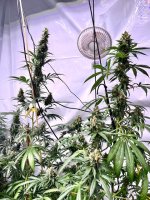

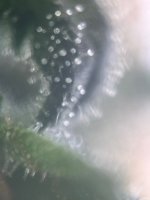
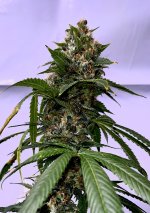
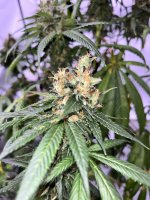

Nice tops on all of them!
Let us know how they smoke once you get there.
How are the plants smelling around harvest time? Can you write a few words about each plant, Unc? I’m sure people would like to know.
Enjoy your nugs.
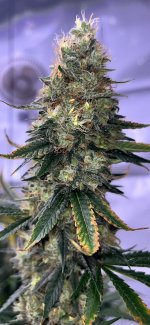
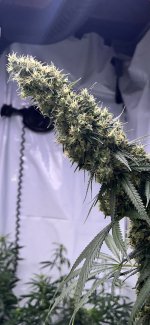
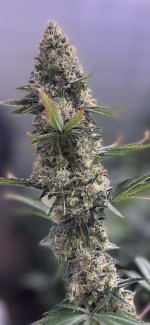

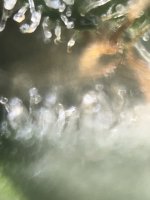
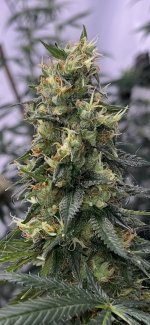
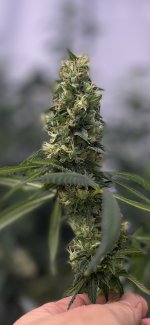
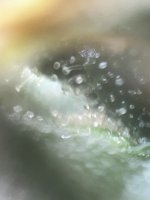
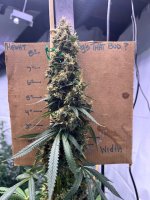

Now that is funnyGot me the strangest woman
Believe me this plant’s no cinch
But I really get her going
When I whipped out my big 10 inch
Sativa makes me creative

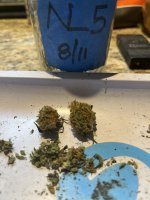 Funny you should ask, as I have it out right now.
Funny you should ask, as I have it out right now.Most of the info from the this post is from deleted posts on this forum, Sensi's forum (when it was functional), and ICMag:Northern Lights is a heavy indica strain prized by cannabis enthusiasts around the world for its potency, resinous buds, and resistance to harsh climates.
Its powerful genetics have been used to create countless new hybrids, including Super Silver Haze, Hash Plant and Shiva Skunk. But where exactly does this cannabis strain that has become an icon today come from?
Well, as is often the case with cannabis, the answer to that question is far from clear. In fact, the history of the Northern Lights is quite foggy.
Rumor has it that the strain was first grown on an island near Seattle, Washington. Some sources say the man responsible for growing the strain was simply called "the Indian."
"The Indian" apparently grew 11 plants, which he named Northern Lights #1-11. Cannabis folklore says that these plants were purebred Afghani plants, with significant indica characteristics; the plants were tasty, bushy, and produced large resinous buds.
When the plants began to flower, Northern Lights #5 apparently produced the best harvest, with Northern Lights #1 close behind in second place.
The plants were eventually discovered by Neville Schoenmaker, a famous Australian cannabis breeder, between the 1970s and 1980s. Neville apparently brought female clones of all the plants back with him to the Netherlands.
Back in the Netherlands, Neville began crossing the clones with male Afghanis. He continued to work on these plants, hybridizing them to create a new line of seeds that combined the genetics he had obtained from the "Indian", with other genetics already in his possession.
Eventually, various Northern Lights seeds hit the shelves of The Seed Bank, which Neville owned in the Netherlands. Northern Lights #1 from The Seed Bank was marketed as a pure Afghani, while some of the other strains were later sold as containing Thai sativa genetics.
From there, Northern Lights genetics spread and new seed banks like Flying Dutchmen and Dutch Passion quickly began selling new hybrids that they claimed were from the original Northern Lights batch.
Some of these strains include G-13, Big Bud, Skunk #1, Hash Plant, Haze, Swazi, and many others.
It is said, however, that the original Northern Lights #5 (the best of the 11 original plants) was never available in seed form. Instead, it was used to cross many classic hybrids, some of which are still available today.
SO THEY ARE A CROSS OF NL5 AND SWAZI BUT NOT USED IN THE STRAIN CONCEPTION
